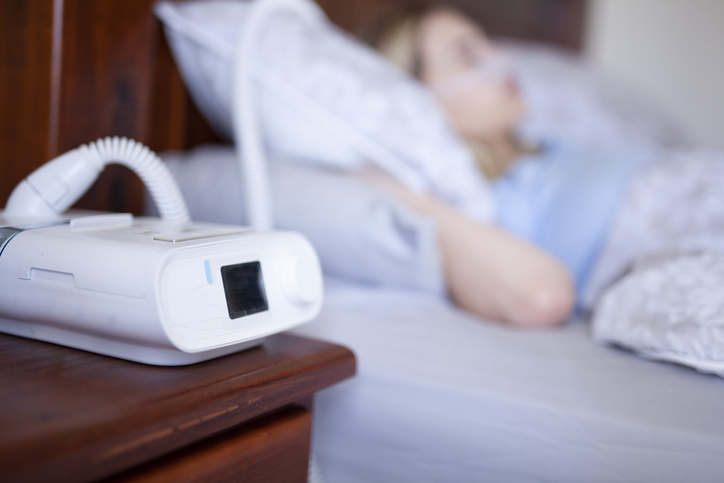Treatments
Buprenorphine Medication

What is buprenorphine?
Buprenorphine is a semi-synthetic medication that belongs to a class of drugs called mixed opioid agonist-antagonists. It is available in different forms to either treat moderate to severe pain or opioid withdrawal symptoms. Mixed opioid agonist-antagonists have lower physical dependence potential than pure opioid agonist analgesics.
Buprenorphine has lower potential for physical dependence than other opioid medications due to its slow dissociation with opiate receptors. The slow dissociation is the reason it can be used as pain treatment as well as opioid dependency treatment. Buprenorphine is primarily eliminated via the stool, making it a preferred treatment for individuals with liver or kidney problems. Buprenorphine should never be taken in higher doses or for longer than prescribed.
What does buprenorphine treat?
Buprenorphine comes in different forms. Buprenorphine is used to treat moderate to severe pain that is not responsive to alternative pain treatments. Buprenorphine sublingual is generally used to treat opioid withdrawal symptoms.
Buprenorphine sublingual is prescribed to help with withdrawal symptoms that occur when stopping other opioids. For the first two days after stopping other opioids, buprenorphine sublingual is typically used alone. The prescription may then be changed to a combination of buprenorphine/naloxone medication for maintenance treatment. This combination works the same way as buprenorphine sublingual to help withdrawal symptoms; however, buprenorphine/naloxone combination helps prevent misuse.
Forms of buprenorphine
- Buprenorphine transdermal patch is only used for around-the-clock pain treatment. It is placed on the skin but should not be placed around the mouth, nose, lips or ears. A buprenorphine transdermal patch may take up to 60 hours to reach optimal performance. It is typically worn for 7 days.
- Injectable buprenorphine is used to treat moderate to severe pain and is given intravenously approximately every six hours. It is slowly administered via IV over a two-minute time frame.
- Buprenorphine buccal film is used for extended relief pain management. It is typically used every 12 hours. Buprenorphine buccal film comes in the form of a small square that is pressed into the cheek, where it slowly dissolves over a period of 30 minutes.
- Buprenorphine sublingual tablet is used to suppress opioid withdrawal symptoms and is often given at a physician’s office. The tablet is placed under the tongue until it dissolves completely, typically five to ten minutes. This medication should not be chewed or swallowed as it will not work as well. It is not used as pain treatment. Buprenorphine sublingual works best if taken at the beginning of opioid withdrawal symptoms.
- Buprenorphine implant is placed under the skin and is used to treat opioid addiction in people whose addiction has been controlled by other forms of buprenorphine. It is not used as pain treatment.
Dosages of buprenorphine
Dosage is based on medical conditions, pain severity and response to other treatment methods. Buprenorphine should be taken as prescribed. Suddenly stopping buprenorphine may cause withdrawal symptoms. Please note: 1000 mcg (microgram) is equivalent to 1 mg (millogram).
- Buprenorphine transdermal patch
The initial dose is typically 5 mcg/hr. The patch is typically changed every 7 days. Maximum dosage is 20 mcg/hr. - Injectable buprenorphine
The typical dose of injectable buprenorphine for adult pain management is 0.3 mg every six hours. It may be repeated once, 30-60 minutes after the initial dose (up to 0.3 mg), if required to relieve pain. - Buprenorphine buccal film
Initial dose is typically 75 mcg film once daily or twice daily if tolerated. Dose can then be increased by 150 mcg every 4 days. The maximum dose is 900 mcg. - Buprenorphine sublingual tablet
The typical initial dose of buprenorphine is 8 mg on the first day. Dosage is adjusted in 2 to 4 mg increments until opioid withdrawal symptoms cease. Targeted dosage is 16 mg once per day, and maximum dosage is 24 mg daily. - Buprenorphine implants
Buprenorphine implants contain 74.2 mg of buprenorphine. They are typically used for opioid use disorder, not pain management. Implant insertions and removals must be performed by a health care professional and typically last 6 months.
Prior to taking buprenorphine
Consulting a health care professional is essential if any of the following are present or have occurred before taking buprenorphine:
- Use of another narcotic within the past four hours
- Methadone treatment
- Breathing problems or sleep apnea
- Liver or kidney disease (especially hepatitis B or C)
- Urinary problems or prostate enlargement
- Head injury or brain tumor
- Mental illness, alcoholism or hallucinations
- Stomach, gallbladder, adrenal gland or thyroid problems
- Abnormal curvature of the spine that affects breathing
Possible side effects
Side effects may include, but are not limited to, the following:
- Drowsiness (Driving, operating machinery or participating in potentially dangerous activities should be avoided until the effects of the medication are known.)
- Dizziness
- Nausea
- Headache
- Constipation
- Flushing or redness of the skin, especially on the face and neck
Important information
- Difficulty breathing may occur with buprenorphine.
- Buprenorphine may cause blood pressure to drop when going from sitting to standing.
- High doses of buprenorphine may cause heart rhythm disorders.
- A skin rash may occur at the site of application of transdermal buprenorphine.
- Buprenorphine may interact with other medications.

















